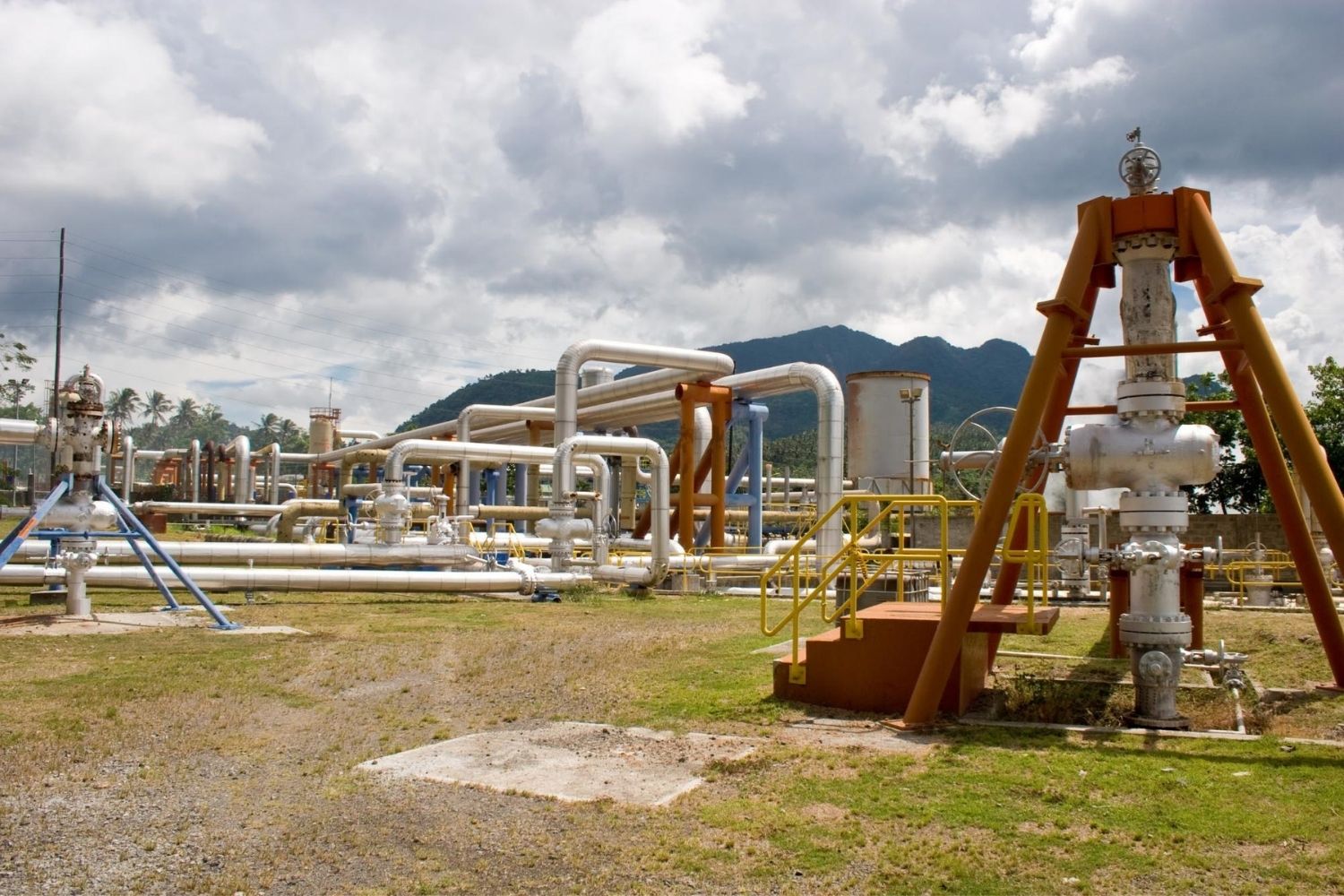
Enhanced Geothermal Systems (EGS) are a game-changer in renewable energy. Unlike traditional geothermal methods, EGS taps into hot rock formations deep underground, creating artificial reservoirs to produce energy. This innovative approach can potentially provide a nearly limitless supply of clean energy. But how does EGS work, and why is it so promising? By drilling deep wells, injecting water to fracture the rock, and then circulating the heated water back to the surface, EGS generates electricity without burning fossil fuels. This method not only reduces greenhouse gas emissions but also offers a reliable energy source. Curious about the benefits, challenges, and future of EGS? Let's dive into 31 fascinating facts that will shed light on this groundbreaking technology.
What Are Enhanced Geothermal Systems?
Enhanced Geothermal Systems (EGS) are a cutting-edge technology designed to harness the Earth's heat for energy production. Unlike traditional geothermal systems, EGS can be deployed in areas without natural hydrothermal resources. Here are some fascinating facts about EGS:
- EGS involves creating artificial reservoirs by injecting water into hot, dry rock formations deep underground.
- The injected water absorbs heat from the rocks and returns to the surface as steam, which can then be used to generate electricity.
- EGS can be implemented almost anywhere, making it a versatile renewable energy source.
- The technology has the potential to provide a constant, reliable energy supply, unlike solar or wind power, which are weather-dependent.
How EGS Works
Understanding the mechanics behind EGS can help appreciate its potential. Here are some key points:
- Drilling is a crucial part of EGS, often reaching depths of 3 to 10 kilometers to access hot rock formations.
- Hydraulic fracturing, similar to techniques used in the oil and gas industry, is employed to create pathways for water to flow through the rock.
- The water injected into the system is usually sourced from local water supplies or recycled wastewater.
- Once heated, the water returns to the surface through production wells, where it can reach temperatures of up to 200°C or more.
- The steam produced is then used to drive turbines connected to electricity generators.
Environmental Benefits of EGS
EGS offers several environmental advantages over traditional energy sources. Here are some notable benefits:
- EGS produces minimal greenhouse gas emissions, making it a cleaner alternative to fossil fuels.
- The technology has a small land footprint compared to solar farms or wind turbines.
- EGS can help reduce dependency on imported fuels, enhancing energy security.
- The water used in EGS can be recycled, minimizing waste and conserving resources.
- EGS systems can be integrated with other renewable energy sources to create hybrid power plants.
Economic Impact of EGS
The economic implications of EGS are significant. Here are some key points to consider:
- EGS has the potential to create jobs in drilling, engineering, and maintenance sectors.
- The technology can stimulate local economies by providing a stable energy supply.
- Initial costs for EGS projects can be high, but long-term operational costs are relatively low.
- Government incentives and subsidies can help offset the initial investment required for EGS development.
- EGS can contribute to energy price stabilization by providing a consistent power source.
Challenges and Limitations of EGS
Despite its promise, EGS faces several challenges. Here are some of the main hurdles:
- High upfront costs for drilling and infrastructure development can be a barrier to widespread adoption.
- The technology requires advanced engineering and expertise, which may not be readily available in all regions.
- There is a risk of induced seismicity, or minor earthquakes, due to the hydraulic fracturing process.
- Public perception and acceptance of EGS can be a challenge, particularly in areas unfamiliar with geothermal energy.
- Regulatory hurdles and permitting processes can slow down project development.
Future Prospects of EGS
The future of EGS looks promising, with ongoing research and development aimed at overcoming current limitations. Here are some exciting prospects:
- Advances in drilling technology could reduce costs and improve efficiency.
- Enhanced monitoring systems can help mitigate the risk of induced seismicity.
- International collaborations and knowledge sharing can accelerate the adoption of EGS worldwide.
- Integration with smart grid technology can optimize energy distribution and storage.
- Public awareness campaigns can help educate communities about the benefits of EGS.
- Government policies and incentives can play a crucial role in promoting EGS development.
- Continued investment in research and development can unlock new potential for EGS, making it a cornerstone of the global renewable energy landscape.
The Future of Enhanced Geothermal Systems
Enhanced Geothermal Systems (EGS) hold great promise for sustainable energy. They can provide a reliable, renewable energy source that reduces our dependence on fossil fuels. EGS taps into the Earth's natural heat, offering a clean alternative that can operate 24/7, unlike solar or wind power.
However, challenges like high initial costs and technological hurdles still exist. Continued research and investment are crucial for overcoming these obstacles. Governments and private sectors must collaborate to make EGS more viable and cost-effective.
Public awareness and support can also drive the adoption of this technology. By understanding the benefits and potential of EGS, communities can advocate for policies that promote its development.
EGS could play a significant role in our energy future. With the right support and innovation, it can help us achieve a more sustainable and eco-friendly world.
Was this page helpful?
Our commitment to delivering trustworthy and engaging content is at the heart of what we do. Each fact on our site is contributed by real users like you, bringing a wealth of diverse insights and information. To ensure the highest standards of accuracy and reliability, our dedicated editors meticulously review each submission. This process guarantees that the facts we share are not only fascinating but also credible. Trust in our commitment to quality and authenticity as you explore and learn with us.
